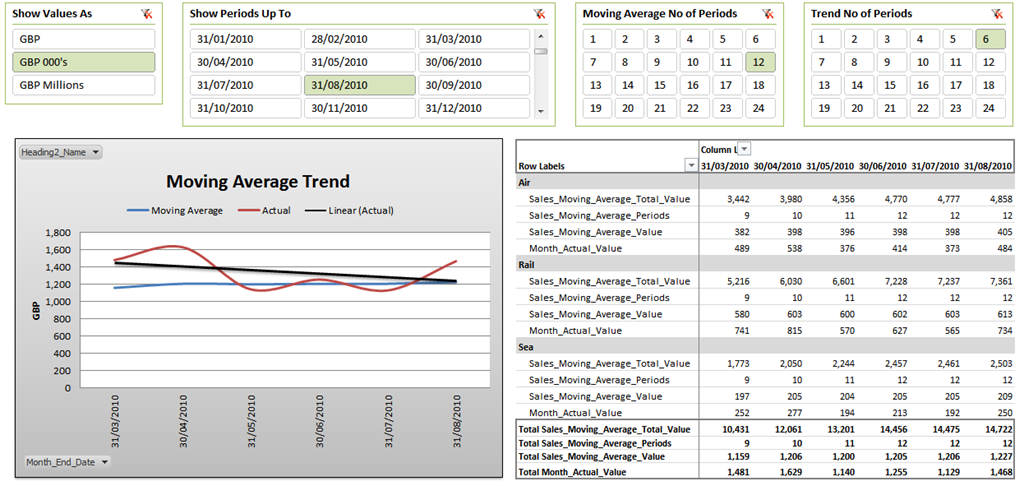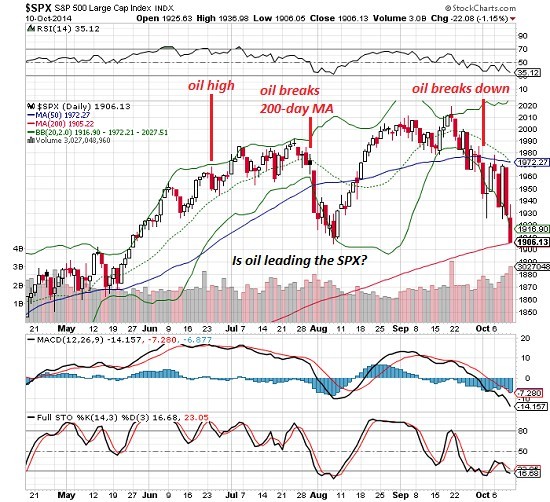Market Rewind Seeking a Better Moving Average
Post on: 16 Март, 2015 No Comment

Seeking a Better Moving Average?
Any trader with a charting package and more than two weeks of experience is well versed in the shortcomings of simple moving averages attendant to their significant noise and lag. While they certainly have their place in the trader’s arsenal, the first indicators to trade up to for more reliable trend identification are exponential and weighted moving averages. These may significantly reduce the lag factor. However, their perennial memory can be a problem in its own right, as addressed in this previous Market Rewind post (includes Visual Basic code for you uber geeks) .
Superior Mouse Trap?
But can we do better than these solutions? Certainly! If you haven’t discovered it yet, the Hull Moving Average (HMA) provides a significantly better fit to price with minimal delay by taking price changes out of time space using a weighted squares methodology.
Its primary weakness can be overshoot, although there may be clever ways to reduce this that I may explore at a high level in later joint posts along with David Varadi of CSS Analytics. Speaking of which, here is a neat little easter egg for subscribers to his DV indicators Service. An undocumented feature of the included Microsoft Excel plug-in is the HMA! The user defined function is accessed like so:
=HMA(Last Price, Look Back Period)
In the S&P 500/SPY charts below, I have used that feature to demonstrate how an HMA of the same periodicity [10] as an REMA (my modified exponential moving average, also included in the package), can be used as a strong visual clue for identification of sustained trends:
As shown, the faster yet smooth nature of the HMA can be used as a visual trend indication relative to the slower REMA, with crosses above signaling a bullish trend, and crosses below a bearish one. Here I used the daily pivot/ typical price for all calculations. Note, however, this is just a visual clue for sweet spots in the middle, with the described cross-over approach typically working better on less than daily time frames.

Stealing the Cheese
Indeed, when the market is in its usual cycling phase, daily bar HMA slope reversals generally make a better first bar fade, as shown in the frictionless equity curve presented in the second chart above. As fodder for further research, also note how I have overlayed a chart of Historical Volatility of the fade system’s hypothetical equity curve in red. Another mean reversion versus trend indicator for particularly extreme environments?
All data and indicators for these charts were generated with the DV plug-in *. It’s a remarkable tool that literally becomes a part of your MS Excel program, including over two dozen of CSS Analytic’s proprietary technical indicators and systems. I hope David doesn’t mind that I snuck a couple indicators in without a DV in front! As a second aside, the CSSA team has put together a very good handbook for their indicators, found here.
Disclosure — I Assisted with Programming the Plug-In/ Never Investment Advice














